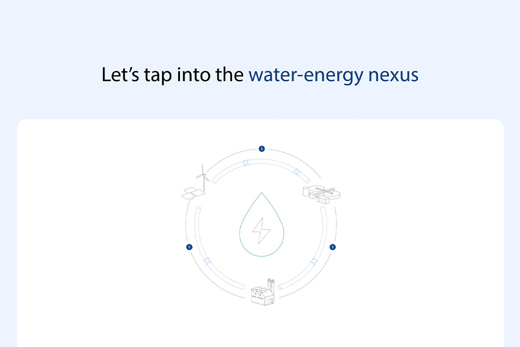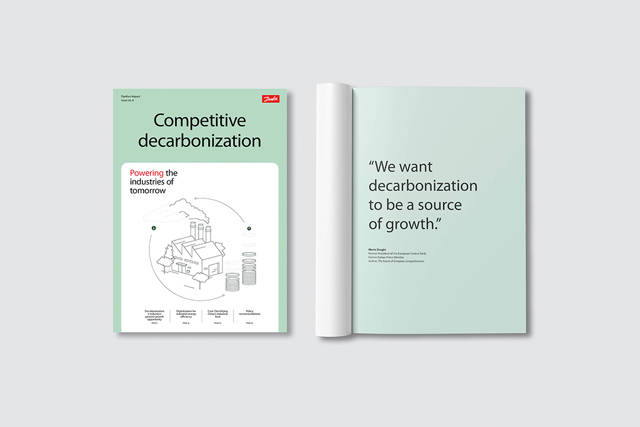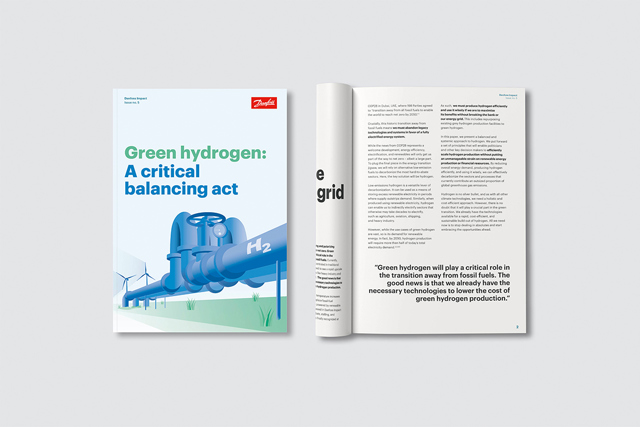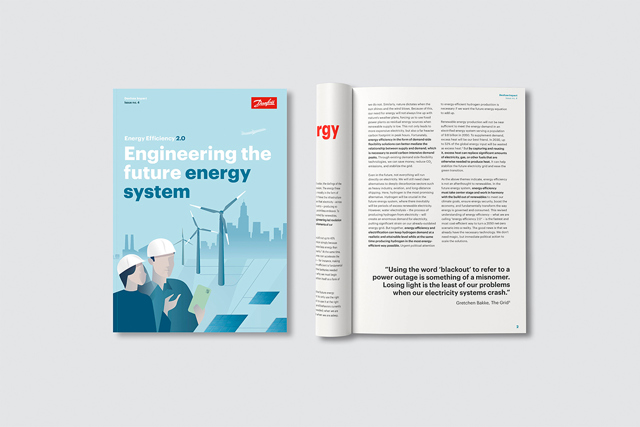
Water and Energy — how efficiency links them both
Water scarcity is one of the defining challenges of our time, affecting us all. Global water demand is projected to exceed supply by 40% as early as 2030, while more than two billion people already live without access to safe drinking water.
A major but often overlooked part of this challenge is water’s use of energy. The way we manage energy in the water sector is inefficient — and expensive. Water-related activities account for around 4% of global electricity use. This power is needed to produce, treat, and move water across homes, farms, and industries. Yet decades of underinvestment have left our systems strained and inefficient.
If we fail to act, inefficiencies across the water and energy nexus could cost high-income countries up to 8% of GDP by 2050. But the good news is that proven solutions already exist to strengthen efficiency, resilience, and competitiveness across the water sector.
Behind the global water crisis lie hidden inefficiencies: leaky pipes, aging infrastructure, and excessive energy use. Addressing these requires more than technology alone — it demands coordinated action among governments, companies, and civil society to modernize systems and reform policies.
This paper explores the critical interdependence between water and energy. It highlights where energy use is concentrated within the water cycle, which technologies can reduce waste, and how effective policy can close the gap between ambition and implementation. Above all, this paper calls for a shift in perspective: to see water and energy as interconnected systems, where efficiency in one drives efficiency and resilience in the other. By cutting waste, boosting efficiency, going digital, and making water count, we can scale existing solutions to secure human well-being, enhance climate resilience, and strengthen industrial competitiveness.
Only got two minutes?
These are the key takeaways





The good news is that incredible potential exists today to increase the efficiency, resilience, and economic competitiveness of the water sector.
Policy recommendations
By 2030, global water demand will outpace supply by 40%, while the water sector’s energy use is set to more than double. On top of this, in many countries, more than 30% of treated water does not make it to the end user. This is not just a climate risk — it’s a competitiveness and security challenge. For policymakers to address the need to save more water, an integrated approach to the water-energy nexus is needed at all levels of government. Tackling the water-energy nexus means acting on four fronts: cutting waste, boosting efficiency, going digital, and making water count.





